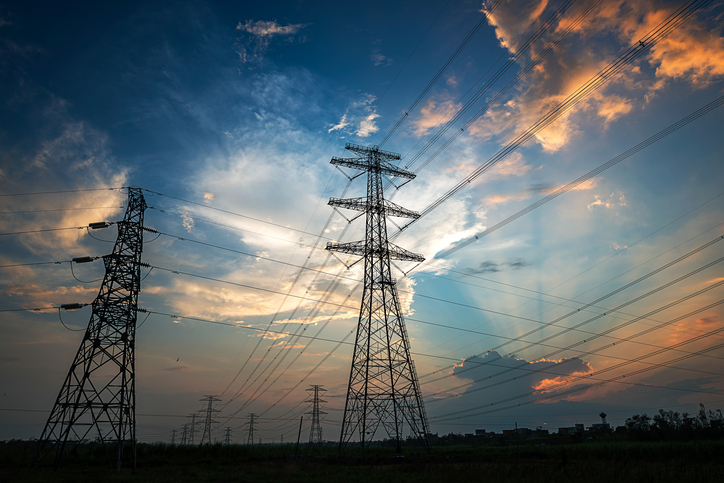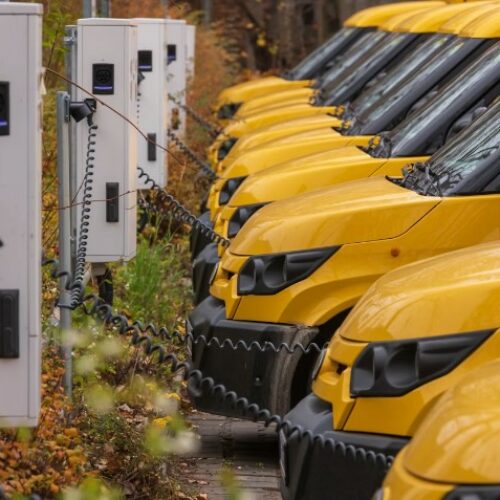Elexon has hailed a “ground-breaking” modification to the Balancing and Settlement Code (BSC) that will allow individual asset meters to be used for settlement purposes.
Currently asset meters located ‘behind the boundary point’- where complex, multi-use sites connect to a distribution network – are not recognised in settlement.
However, modification P375 ‘Metering behind the Boundary Point’ has now been approved by Ofgem, allowing data from asset meters at units behind the point to be used for settlement from 2022.
A number of changes will need to be made by Elexon to the BSC Central Systems to enable the modification, but there are clear benefits as P375 will allow smaller asset owners to provide balancing services.
Mark Bygraves, Elexon chief executive, said the company doesn’t currently have much visibility of smaller assets such as storage and renewable generation at multi-use sites, but the introduction of P375 will change that as individual asset meters will be fitted on these units.
“It is good news that Ofgem has approved this ground-breaking change as we believe it is an important step forward for the energy transition and progress to net zero. Recognising the role smaller assets can play in keeping the system in balance can improve the business case for building such assets, and give further support to innovators.”
The modification was raised by Flexitricity in August 2020, following the introduction of Virtual Lead Parties to enable wider access to the Balancing Mechanism in December 2019.
Flexitricity is both a demand side response provider and a VLP, and intends to make “heavy use” of P375 to support more flexible energy sources.
“Demand-side flexibility is always about electricity customers helping balance the grid while getting on with the day job. Finally, P375 allows us to separate out these different activities and ensure Settlement is accurate,” said Dr Alastair Martin, chief strategy officer at Flexitricity.
“P375 achieves much more than that, however. At Flexitricity we’re planning to make heavy use of it to bring new, flexible energy resources – home heating systems and electric vehicle charging – right into the heart of the electricity system. That’s how we can help deliver net zero by putting green energy to work.”
Elexon also highlighted the benefits of the increased amount of openly accessible electricity data to be made available on its data publishing platform, its Balancing Mechanism Reporting Service. This could help innovators develop new products and services, and is another step forward in support of wider goals set out by the Energy Data Taskforce to make energy data more available.





